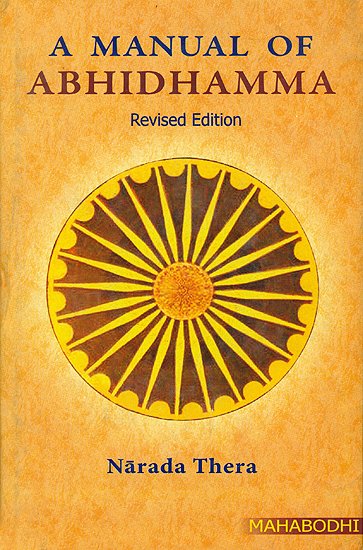Abhidhamma in Daily Life (by Ashin Janakabhivamsa)
by Ashin Janakabhivamsa | 66,666 words
English translation of "Abhidhamma in Daily Life" by Professor Ko Lay. Revised by Sayadaw U Silananda, International Theravada Buddhist Missionary University, Yangon, 1999...
Part 9 - Kalapa (group)
How A Kalapa Is Formed
A group of people association is called a club. In Pali kalapa also means a group. As said before rupa (matter) cannot exist in isolation. Appropriate units of matter combine to exist as a group or an aggregate. Such a group with common properties, existing together, disappearing together, is termed 'one kalapa'.
Matter In Combination
The four fundamental elements - pathavi, tejo and apo - together with vanna (appearance), ghanda (scent), rasa (taste), oja (essence of nutrition) are the eight classes of matter found always in coexistence. A lump of soil is an aggregate of eight classes of matter too. It has a certain appearance and a specific smell and taste; it can be touched and felt. The same is true for water, wind, fire, heat, light etc. They are all aggregates of the eight classes of matter.
The Size Of A Kalapa
Each kalapa is so minute that you cannot see it with your naked eye. Even the finest dust particle is an aggregate of a large number of kalapas. A bacterium, which can only be seen with the most powerful microscope is composed of countless kalapas formed by kamma, citta, utu and chara. Therefore the minuteness of a kalapa is beyond description. (Reference may be made to text on Abhidhamma for classes of kalapas and their names).
